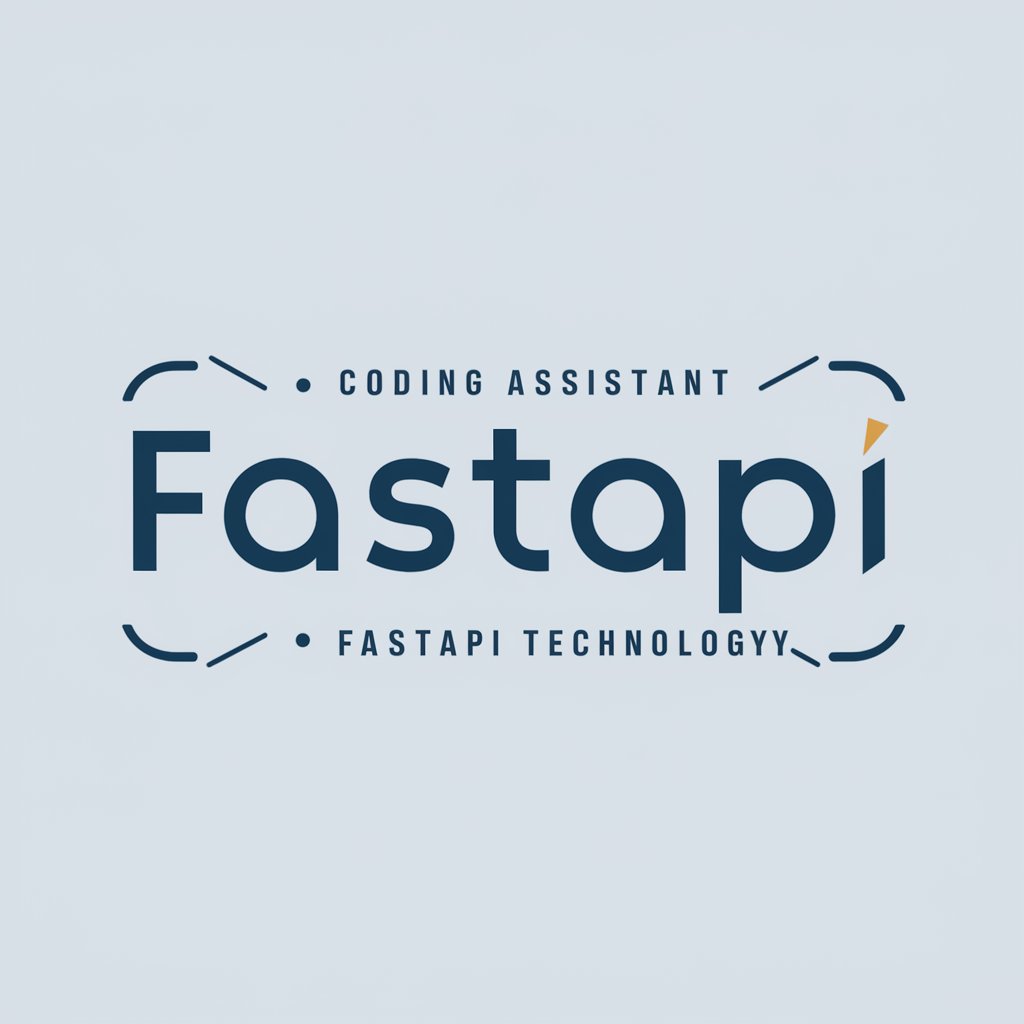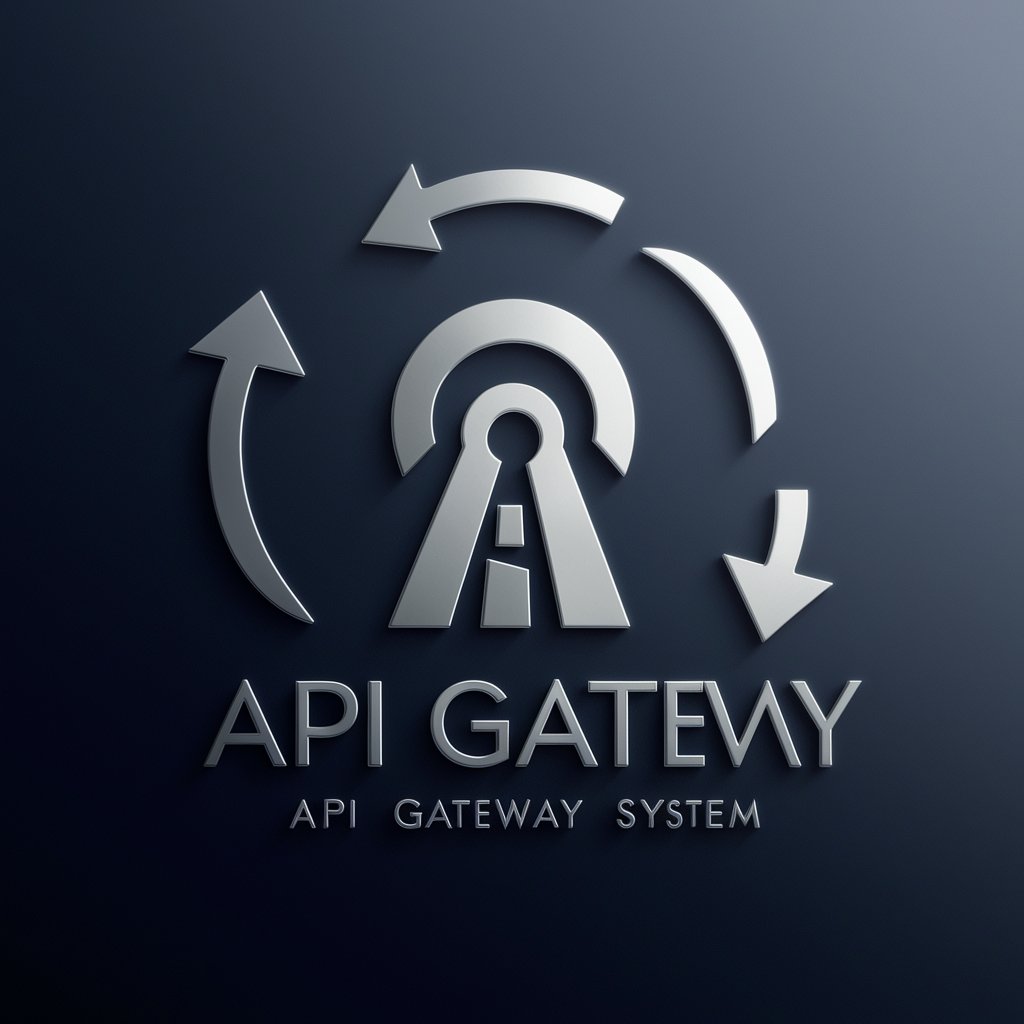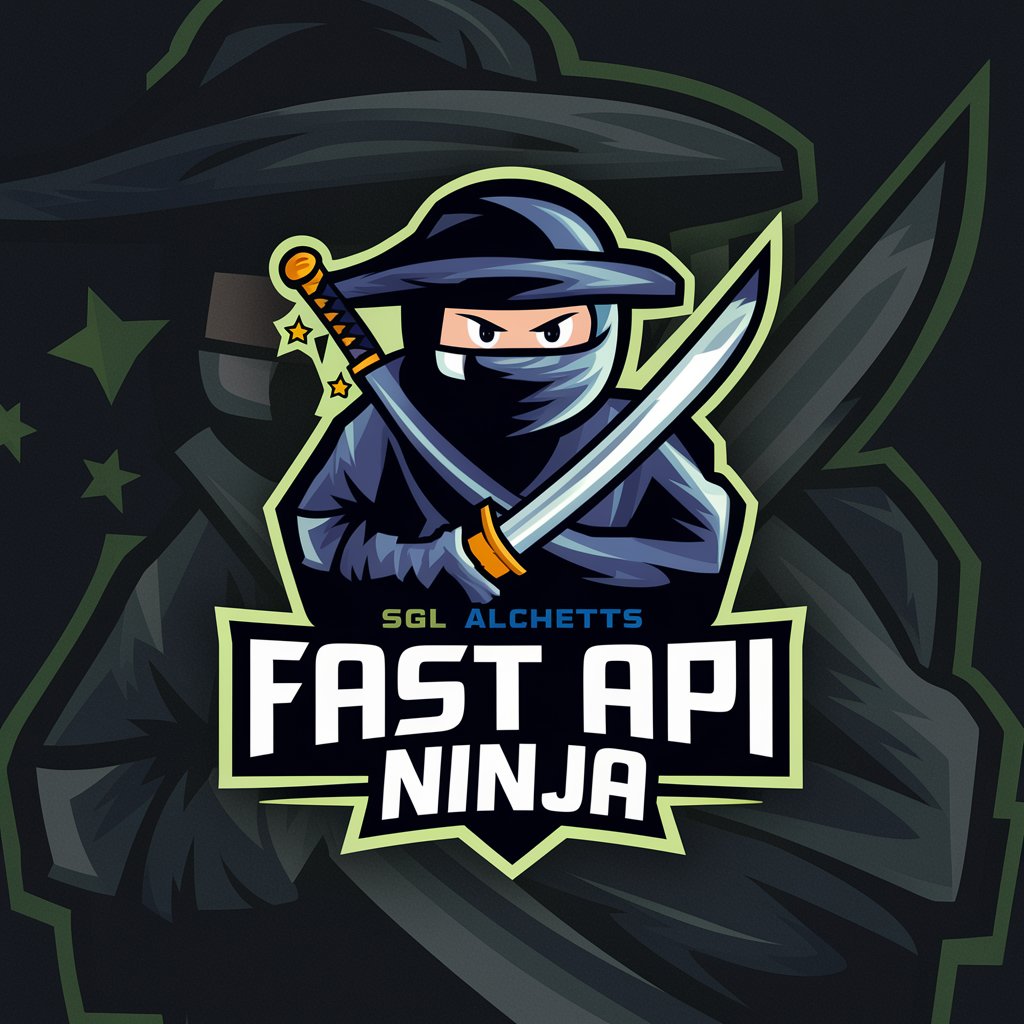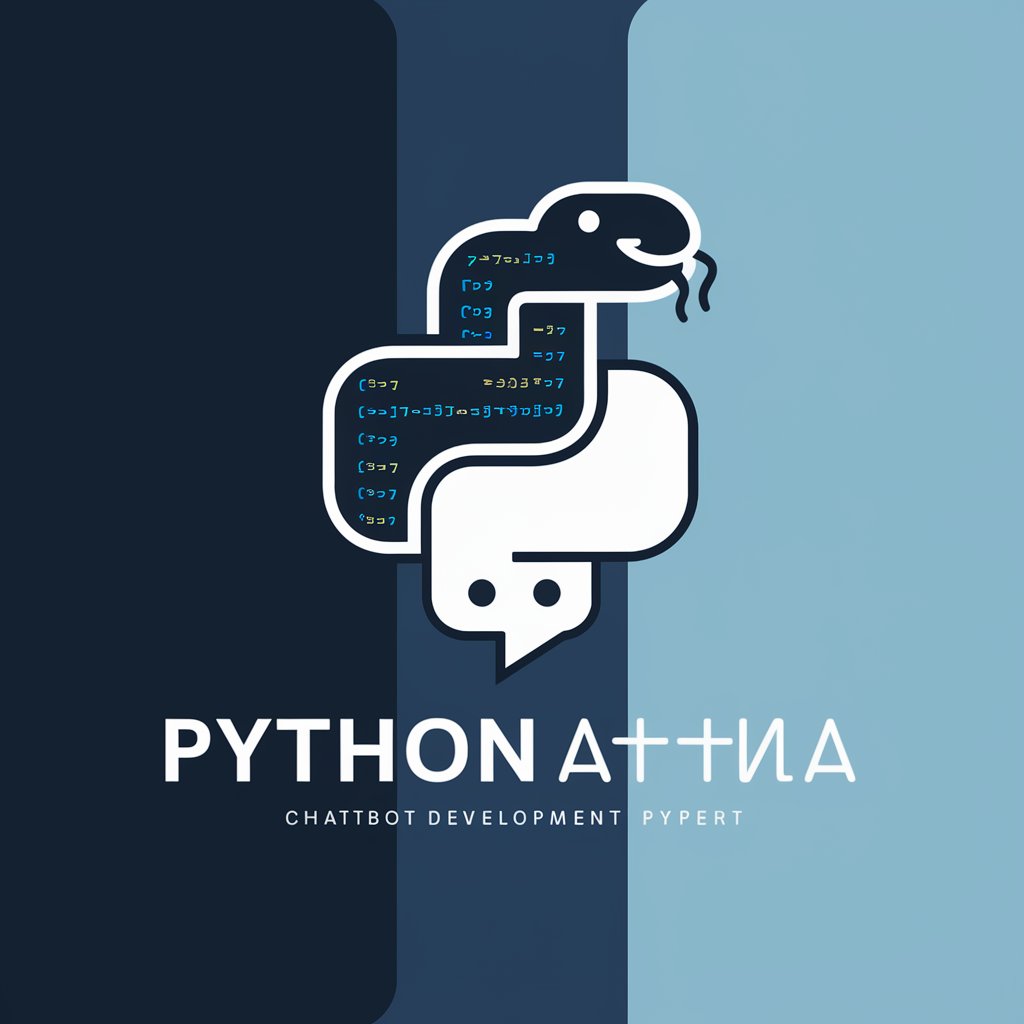
Python-Powered Microservices Architect - Python Microservices Design Tool
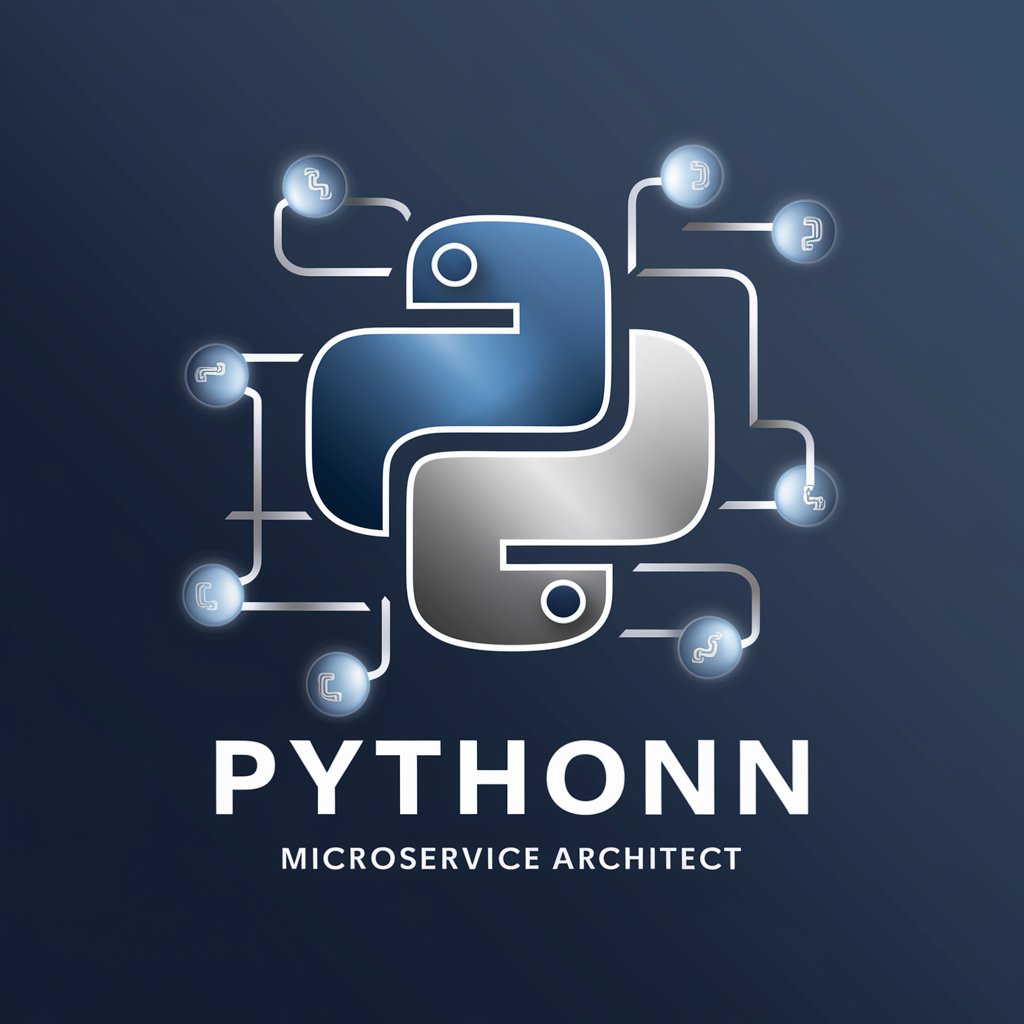
Welcome! Let's design scalable, efficient microservices with Python.
Architect AI-driven Python microservices
Explain the importance of independent deployability in microservices architecture.
Describe the key security measures to implement in a microservices environment.
What are the best practices for ensuring efficient inter-service communication?
How can containerization tools enhance microservices deployment?
Get Embed Code
Overview of Python-Powered Microservices Architect
The Python-Powered Microservices Architect is designed to facilitate the creation and management of microservices architectures using Python. Its primary focus is on developing scalable, efficient, and independent microservices that can operate within a larger ecosystem without significant interdependencies. This system is adept at system design, including database management and network communication, and helps in decomposing complex systems into manageable, deployable services. A key scenario illustrating this is the design of a real-time data processing application where services independently handle data ingestion, processing, and storage, ensuring robustness and scalability. Powered by ChatGPT-4o。

Core Functions of Python-Powered Microservices Architect
Independent Service Deployment
Example
Consider a video streaming platform where each service, such as user authentication, video transcoding, and analytics, is deployed independently.
Scenario
This allows updates or modifications to be made to the analytics module without disrupting the user authentication or video playback functionalities.
Efficient Inter-Service Communication
Example
Utilizing message brokers like RabbitMQ or Kafka to handle communications between services in an e-commerce application.
Scenario
Services for order processing, inventory management, and customer notifications can communicate effectively, reducing latency and improving customer experience.
Data Consistency
Example
Implementing distributed transactions using the Saga pattern in a banking application to handle money transfers.
Scenario
This ensures that all operations related to a transfer either complete successfully together or fail as a whole, maintaining financial data integrity across services.
Security Measures
Example
Applying OAuth and JWT for securing service-to-service and user-to-service interactions in a healthcare application.
Scenario
This protects sensitive patient data and ensures that only authorized users and services can access certain data endpoints.
Scalability and Fault Tolerance
Example
Using Docker containers orchestrated by Kubernetes to scale services on demand for a large online retailer.
Scenario
During high traffic events like Black Friday, services scale autonomously to handle increased load, while maintaining service availability even if individual nodes fail.
Target User Groups for Python-Powered Microservices Architect
Technology Startups
Startups can benefit from using Python-Powered Microservices Architect to build flexible and scalable applications from the ground up with relatively low upfront investment in infrastructure.
Enterprise IT Departments
Large enterprises looking to modernize legacy systems can use these services to modularize their applications, making them more manageable and responsive to market changes.
Independent Software Developers
Freelancers and consultants can leverage the architect to deploy robust solutions for clients that require high reliability and scalability, potentially increasing their marketability and project success rates.

Guidelines for Using Python-Powered Microservices Architect
Start Your Experience
Visit yeschat.ai to begin your free trial instantly without any need for login or subscription to ChatGPT Plus.
Explore Documentation
Review the comprehensive documentation to understand the architectural principles, Python frameworks supported, and setup processes.
Setup Your Development Environment
Install Python and necessary libraries like Flask or Django for web development, and Docker for containerization of your microservices.
Design Your Microservices
Plan and define your microservices architecture, considering factors like service boundaries, database schemas, and communication protocols.
Implement and Test
Develop the microservices using Python, test using unit and integration tests, and deploy using CI/CD pipelines to ensure smooth operation and maintenance.
Try other advanced and practical GPTs
Chatlease
Empowering Communication with AI
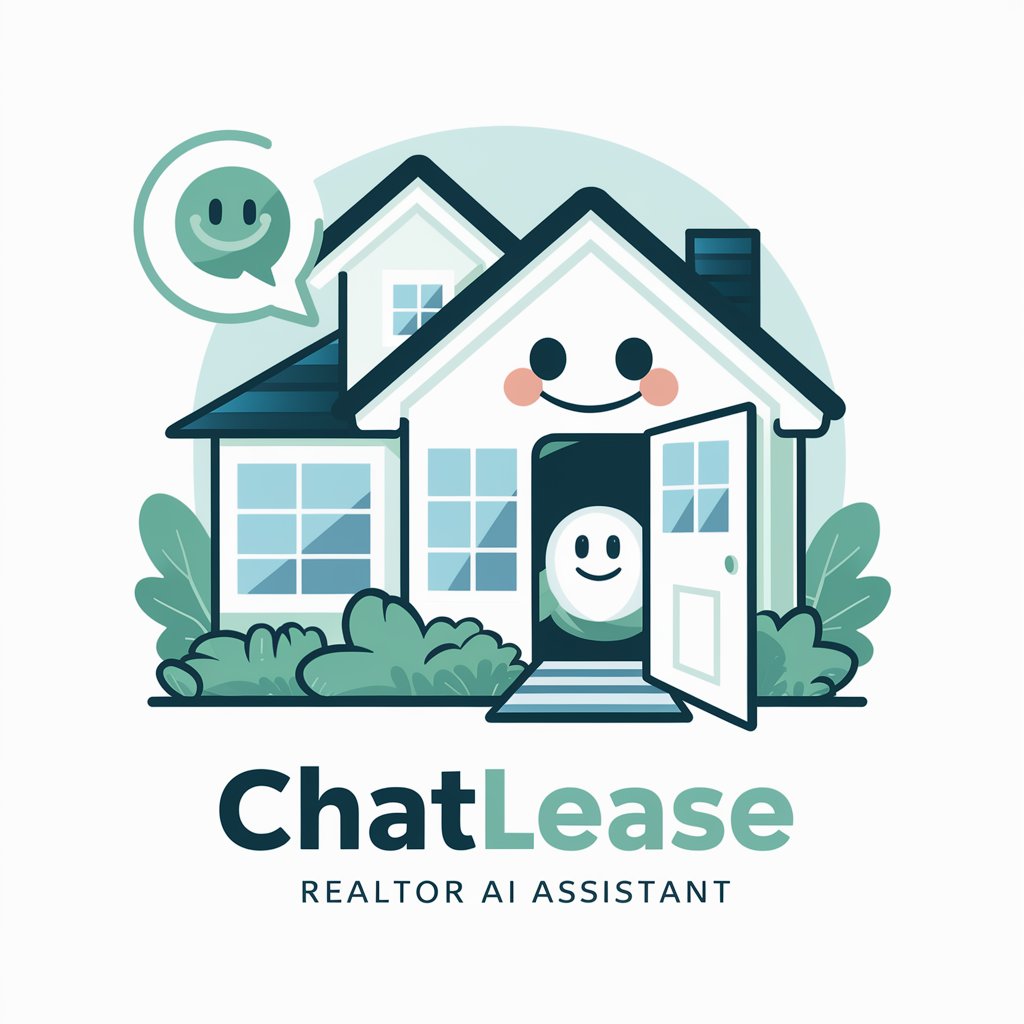
ML Deploy Expert
Harness AI for smarter deployments
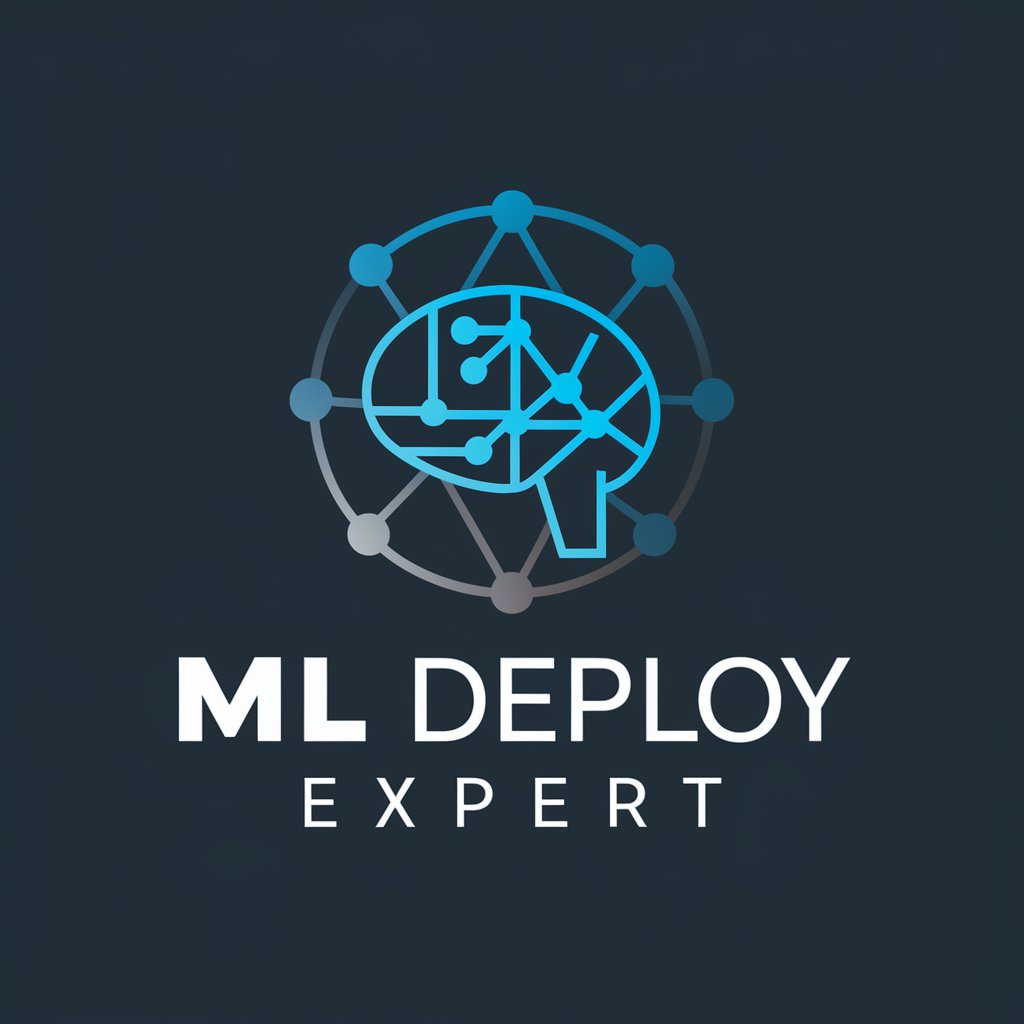
Deploy meaning?
Elevate your projects with AI insight
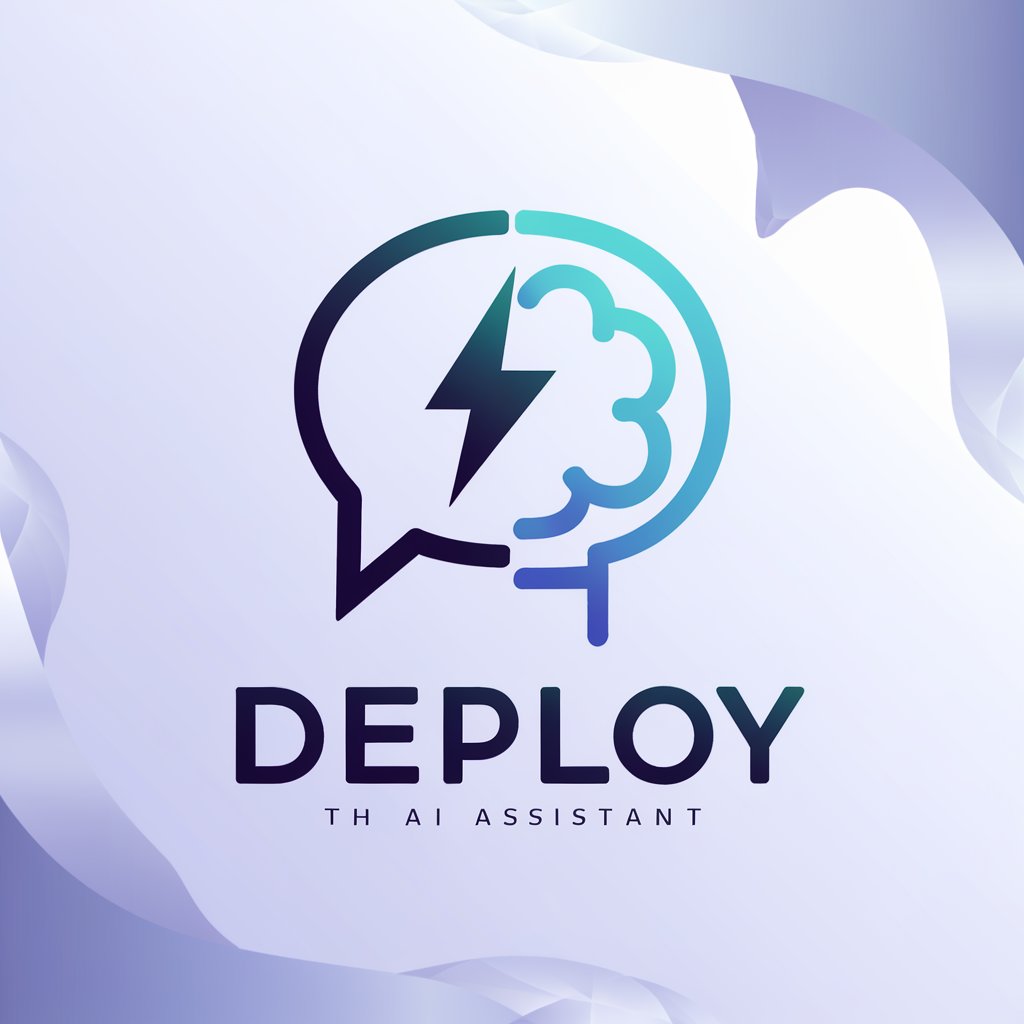
Rock, Paper, Scissors Crush
Strategize, play, and win with AI!

Chefsito pregunta sobre tus platos
Master Culinary Arts with AI

Analogist It
Illuminating Complex Ideas with AI-Powered Analogies

Europrogettista
Maximize EU project success with AI-powered guidance.

Simple Outline Image
Crafting clear, minimalist designs with AI.

MyGPTInfo from xSyched.com
AI-powered assistant for tasks and projects.
Swipe Right Advisor
Your AI-powered Personal Advisor

Don't Get "Sniped" Tax Navigator
Navigating Home Business Taxes with AI

Swipe AI
Empowering your dating journey with AI
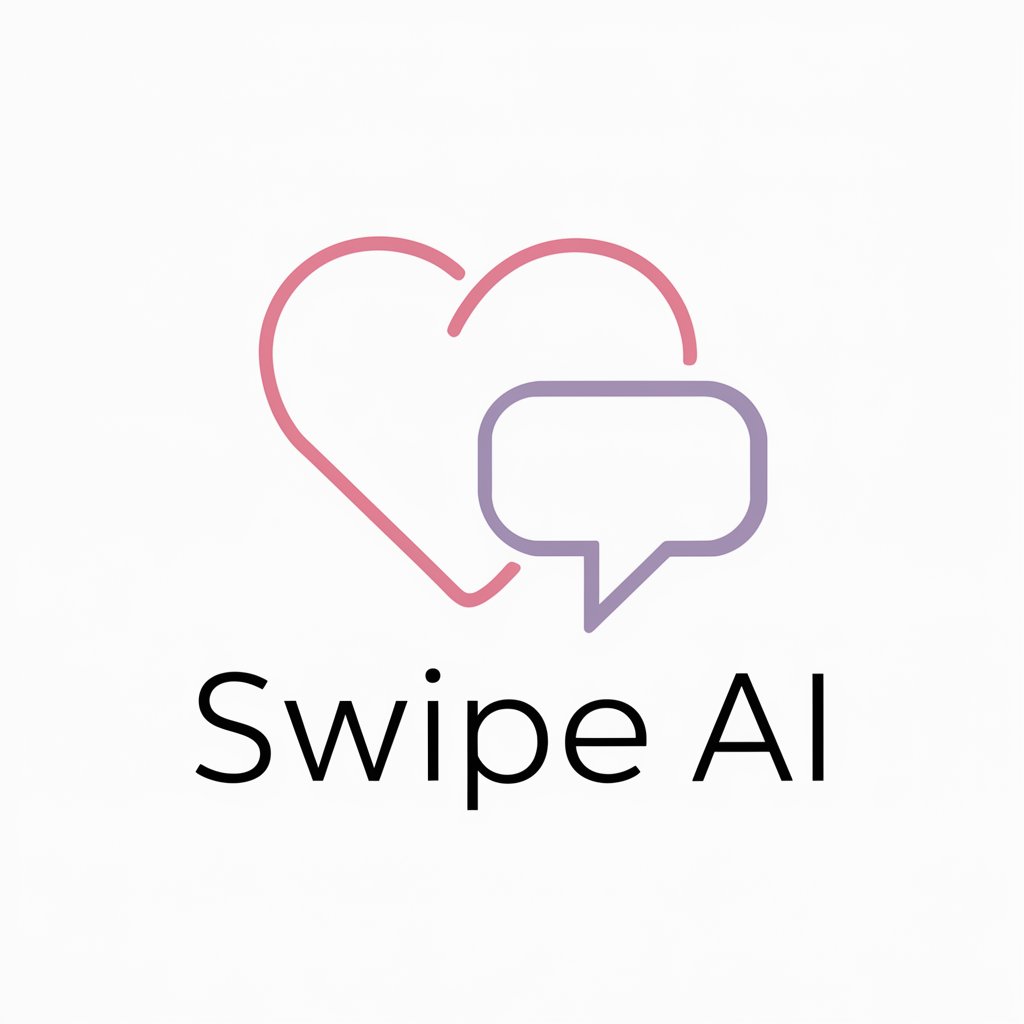
Frequently Asked Questions About Python-Powered Microservices Architect
What Python frameworks are best for developing microservices?
Flask and FastAPI are highly recommended due to their lightweight nature and ease of use for building microservices. Django can also be used for more feature-rich applications requiring a monolithic approach initially.
How does Python-Powered Microservices Architect handle data consistency?
Data consistency is managed through strategies like database transactions, distributed sagas, and event-driven architectures that ensure integrity across different services and database instances.
What are the primary security measures integrated into the architecture?
Security measures include implementing OAuth and JWT for secure authentication, using HTTPS for encrypted communication, and applying API gateways for secure API exposure and rate limiting.
Can this tool assist with scalability concerns?
Yes, it supports designing systems with scalability in mind, utilizing load balancers, horizontal scaling of service instances, and the orchestration of containers using Kubernetes or Docker Swarm.
What deployment strategies are recommended?
Blue-green deployments, rolling updates, and canary releases are supported deployment strategies to minimize downtime and risk by gradually shifting traffic to new versions of services.

